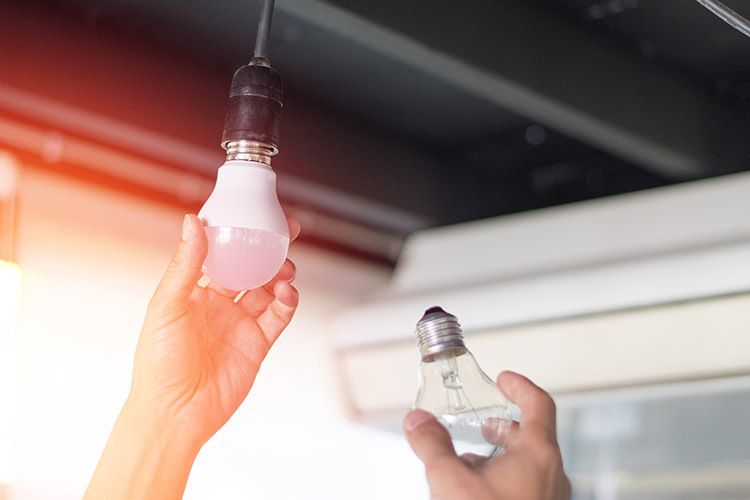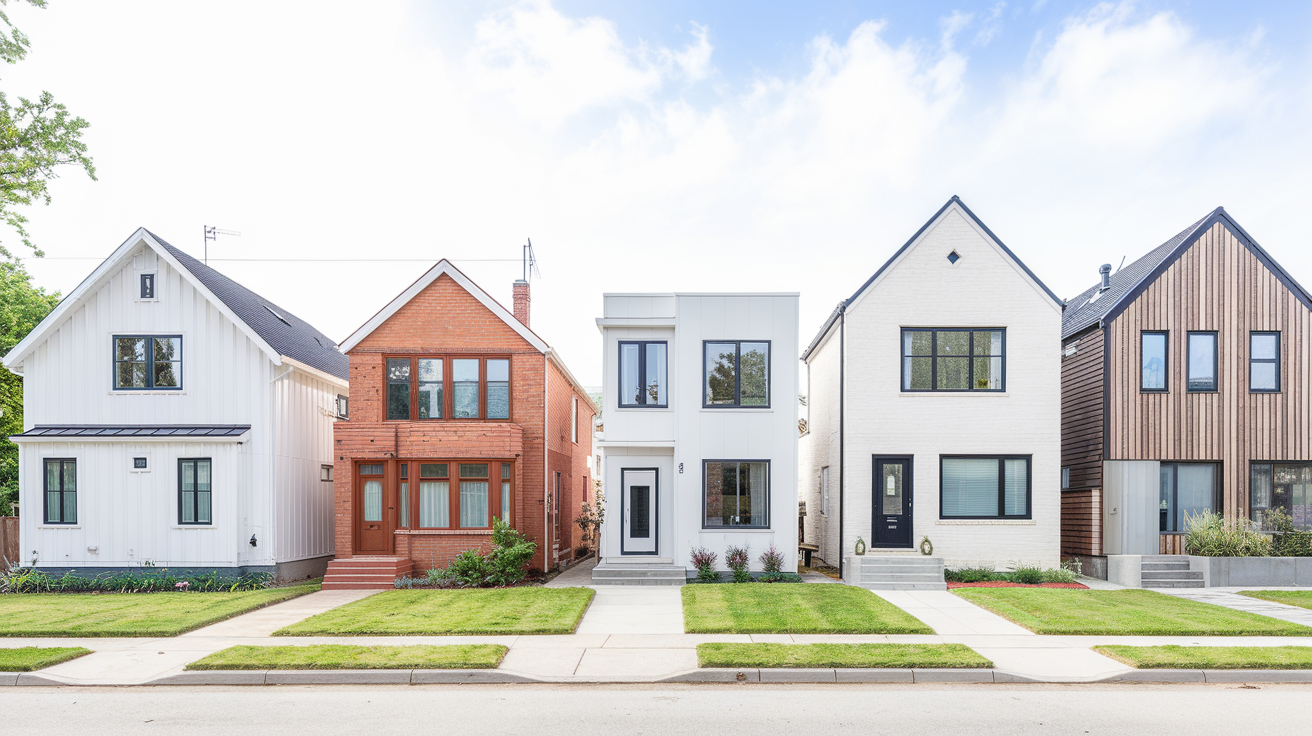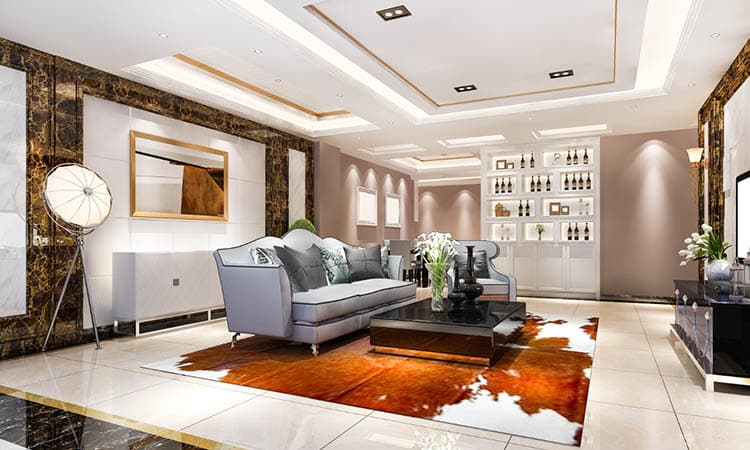Benefits of LED Upgrades
LED upgrades have a lot of great benefits. They help you save energy, save money, last a long time, and are better for the environment. These reasons make LEDs a great choice for anyone looking to improve their lighting.
Because they use less energy and last longer than regular bulbs, LEDs help save energy and reduce your electricity bill. They are also safer and require less maintenance, making them a great option for different places.
Choosing LED upgrades is a smart move for people who want efficient, reliable, and eco-friendly lighting options. Thanks to this lighting services in Brighton Colorado folks for the insights.
Energy Efficiency

One of the best things about LED lighting is how it can save you money in the long run. Because LED bulbs use less power, you’ll see a difference in your electricity costs for both homes and businesses. By switching to LED lights, you can also reduce your carbon footprint by using less electricity that comes from sources producing harmful emissions.
Additionally, LED bulbs are not only good for saving money now but also in the long term. LED lights last longer, so you won’t have to replace them as often, saving you money on maintenance and reducing waste. Their durability makes them a smart choice for different uses and helps in conserving resources.
Choosing LED technology is a great way to improve energy efficiency and save money while also being environmentally conscious.
Longevity
When you opt for energy-efficient and environmentally friendly lighting alternatives, like LED light bulbs, you’re not just saving on costs but also extending the lifespan of your lighting sources. LED lighting upgrades bring a host of benefits, including longevity, reduced maintenance expenses, and environmental advantages.
Compared to traditional incandescent and fluorescent bulbs, LED bulbs have a longer lifespan, meaning fewer replacements and less upkeep. Additionally, their lower energy consumption helps cut down on utility bills, resulting in long-term savings.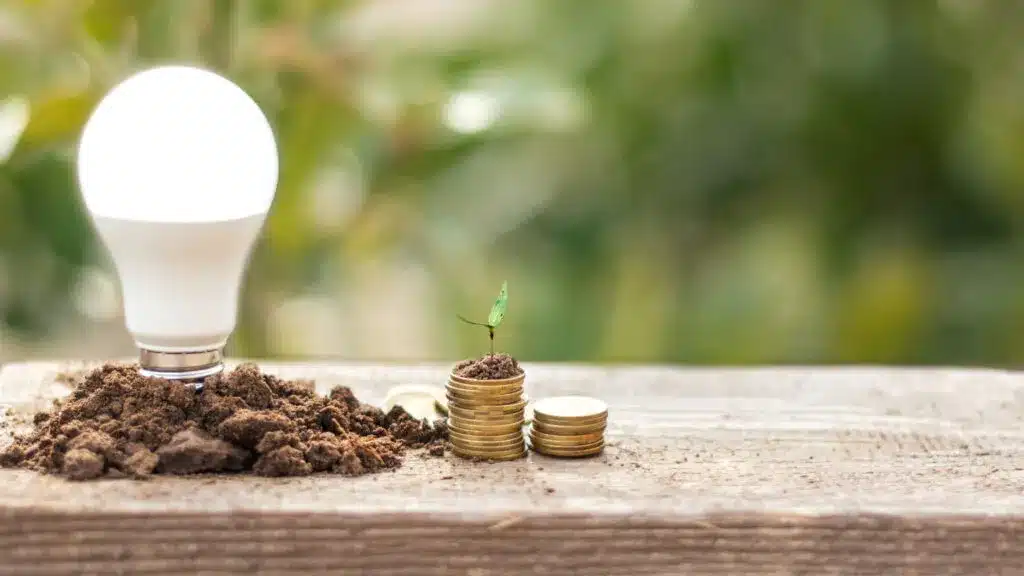 One of the standout features of LED bulbs is the quality of light they emit. It is not just about longevity; LED bulbs offer superior illumination, making them a great choice for various settings. By meeting energy efficiency standards, LED bulbs also help reduce your carbon footprint, making them a sustainable lighting option with minimal environmental impact.
One of the standout features of LED bulbs is the quality of light they emit. It is not just about longevity; LED bulbs offer superior illumination, making them a great choice for various settings. By meeting energy efficiency standards, LED bulbs also help reduce your carbon footprint, making them a sustainable lighting option with minimal environmental impact.
LED lighting upgrades stand out for their durability, energy efficiency, and top-notch performance. They’re a smart choice for anyone looking for long-term lighting solutions that not only deliver excellent illumination but also contribute to a more sustainable future. LED lighting proves its superiority over traditional options in terms of both performance and sustainability.
Safety
Safety is a top priority when it comes to households with children or pets. LED lights are a great option because they emit less heat, reducing the risk of burns or fires.
This is possible because LED lights operate at lower temperatures and use a heat sink to absorb excess heat. With this feature, the chances of combustion are minimized, making LED lighting a safer choice for indoor use.
Not only do LED lights enhance safety, but they also help save money on energy bills. The low-voltage power supply needed for LEDs reduces strain on electrical systems and lowers the risk of overheating, which can prevent potential fire hazards.
Adding occupancy sensors to LED lighting systems can also improve safety by automatically turning off lights in unoccupied areas, reducing the risk of leaving lights on for too long.
LED lights offer more than just energy efficiency and long lifespan. They also come with enhanced safety features that are especially beneficial for households with young children and pets. By upgrading to LED lights, homeowners can create a safer living environment while saving money on energy and maintenance costs.
Low Maintenance

- LED lights last longer than traditional options, which means fewer replacements and maintenance. This leads to cost savings over time by reducing labor costs and the need for replacement parts.
- LED lights can withstand tough environmental conditions without affecting their performance, resulting in less downtime for maintenance or repairs. This is crucial for businesses that rely on consistent lighting for their operations.
- LED lighting is energy efficient, which not only saves on maintenance costs but also lowers electricity expenses. This makes LED lights a smart investment for commercial buildings, despite potentially higher initial costs.
LED lighting systems with low maintenance requirements offer long-term cost savings and operational benefits for commercial spaces looking for sustainable and cost-effective lighting solutions.
Durability
LED lights are super tough and can handle all kinds of bumps and environmental challenges, making them a reliable lighting choice for lots of different situations. These lights are built to last, thanks to their solid design that can take a beating from shocks, vibrations, and other physical stresses. This toughness means LED bulbs stick around longer, saving you money in the long run by cutting down on how often you have to replace them.
Not only are LED lights durable, but they also use energy super efficiently. They’re way better at using energy than old-school incandescent and fluorescent bulbs, which means lower energy bills for you. This efficiency is great for saving energy and reducing your carbon footprint from using too much power.
There are lots of different types of LED lights out there, so you’ll find one that suits your needs. LEDs light up instantly and give off full brightness right away, making things easier to see in any situation. Plus, they don’t give off much heat, which makes them safer than regular bulbs and lowers the risk of burns or fires, especially in homes with kids or pets.
LED lights are tough cookies that help save energy by giving off efficient light and sticking around for the long haul, no matter what the environment throws at them.
Ecological Impact
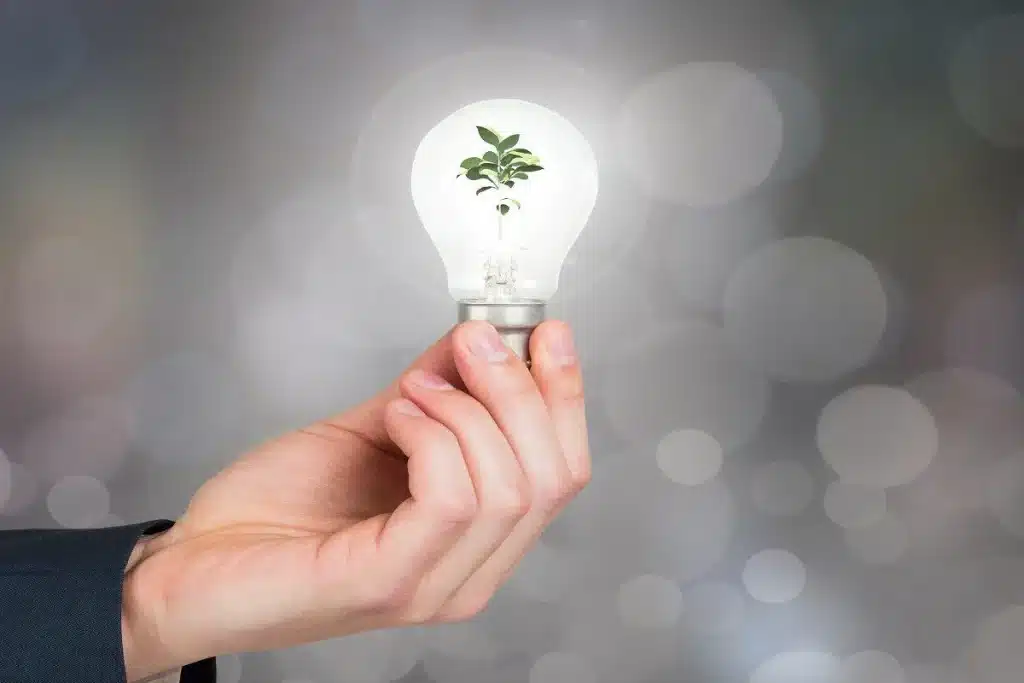 Considering the environmental impact is crucial when looking at how sustainable lighting technologies are in the long run. Different types of lighting systems have varying environmental footprints. LED lights, which are known for being energy-efficient and durable, have become popular because they have a smaller impact on the environment compared to traditional incandescent lighting.
Considering the environmental impact is crucial when looking at how sustainable lighting technologies are in the long run. Different types of lighting systems have varying environmental footprints. LED lights, which are known for being energy-efficient and durable, have become popular because they have a smaller impact on the environment compared to traditional incandescent lighting.
The main factors that affect the environmental impact of lighting technologies include how much power they use, the emissions produced during electricity generation, and where the materials come from.
- Energy Efficiency: LED lights use less power than incandescent bulbs, which means they use less electricity and produce fewer carbon emissions. This improved energy efficiency helps reduce the overall environmental impact of lighting systems.
- Sensor Integration: Adding sensors to lighting systems can help save even more energy by adjusting the light output based on whether a space is occupied or how much natural light is available. This smart technology not only saves energy but also reduces unnecessary light pollution, which is good for ecosystems that are sensitive to artificial light.
- Quality of Light: In addition to saving energy, the quality of the visible light produced by LEDs is important for minimizing environmental impacts. LED technology provides the right amount of light with minimal waste, offering a solution that balances human needs with preserving ecosystems.
Low Heat Emission
When it comes to low heat emission, LED lights are a great choice because they produce less heat than incandescent and fluorescent bulbs.
This makes them safer for use in different situations. LED bulbs create light by passing electricity through a semiconductor material, which emits light without making a lot of heat. This efficient way of turning electricity into light means that LEDs waste less energy as heat, which sets them apart with their low heat emission.
In places like factories where having continuous lighting is important but too much heat can be an issue, switching to LED lights can be beneficial. Since LED lights produce much less heat while they’re on, they help keep indoor temperatures lower. This not only makes the people inside more comfortable, but it also reduces the strain on cooling systems, which can lead to saving energy.
Moreover, because LED bulbs give off less heat, there’s a lower risk of accidents like burns or fires, making them a good choice for places where safety is really important.
LEDs stay cool even after being on for a long time, which keeps things safe and shows how they’re better than traditional incandescent and fluorescent lights when it comes to managing heat and safety in electrical setups.
Low Voltage Operation
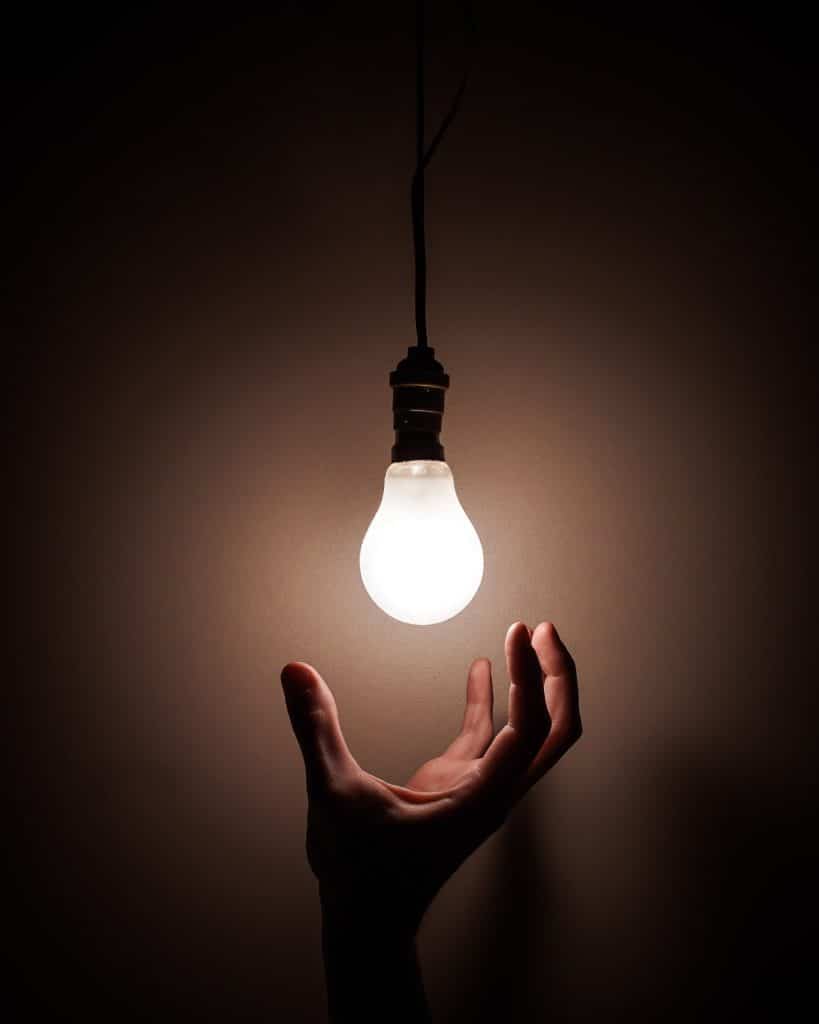
- Energy Efficiency: LED lights designed to work at low voltage use less power compared to traditional high-voltage systems. This means they consume less energy, resulting in lower electricity bills and overall energy savings in the long run.
- Cost Impacts: Opting for low-voltage LEDs can lower your lighting costs because they are more energy-efficient. While the upfront costs of switching to LEDs may be higher initially, the savings from reduced energy consumption can outweigh the initial investment in the long term.
- Rebates and Incentives: Many utility companies offer incentives or rebates to businesses and homeowners who choose energy-efficient technologies like low-voltage LED lighting. These programs are meant to encourage sustainable practices by helping offset some initial costs, making it more financially feasible to upgrade to LED solutions.
Considering these factors when planning your lighting project can help you maximize energy efficiency, cut operational costs, and take advantage of available incentives for transitioning to low-voltage LED lighting.

